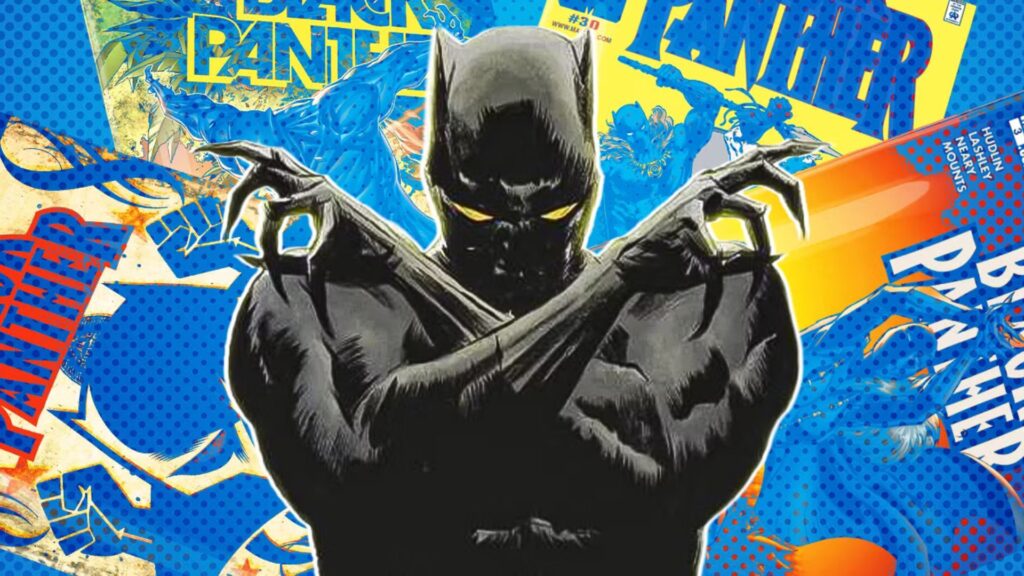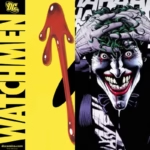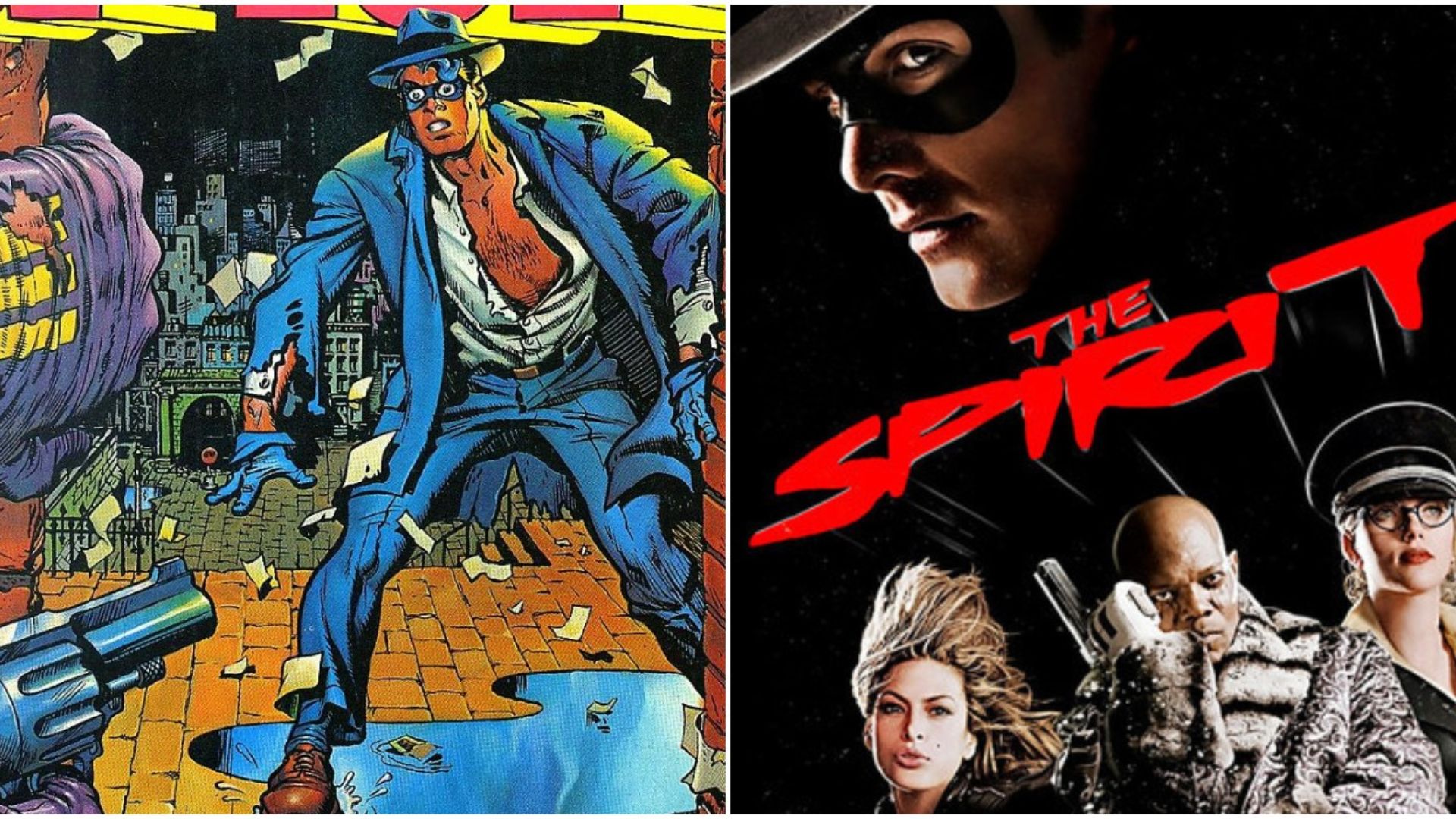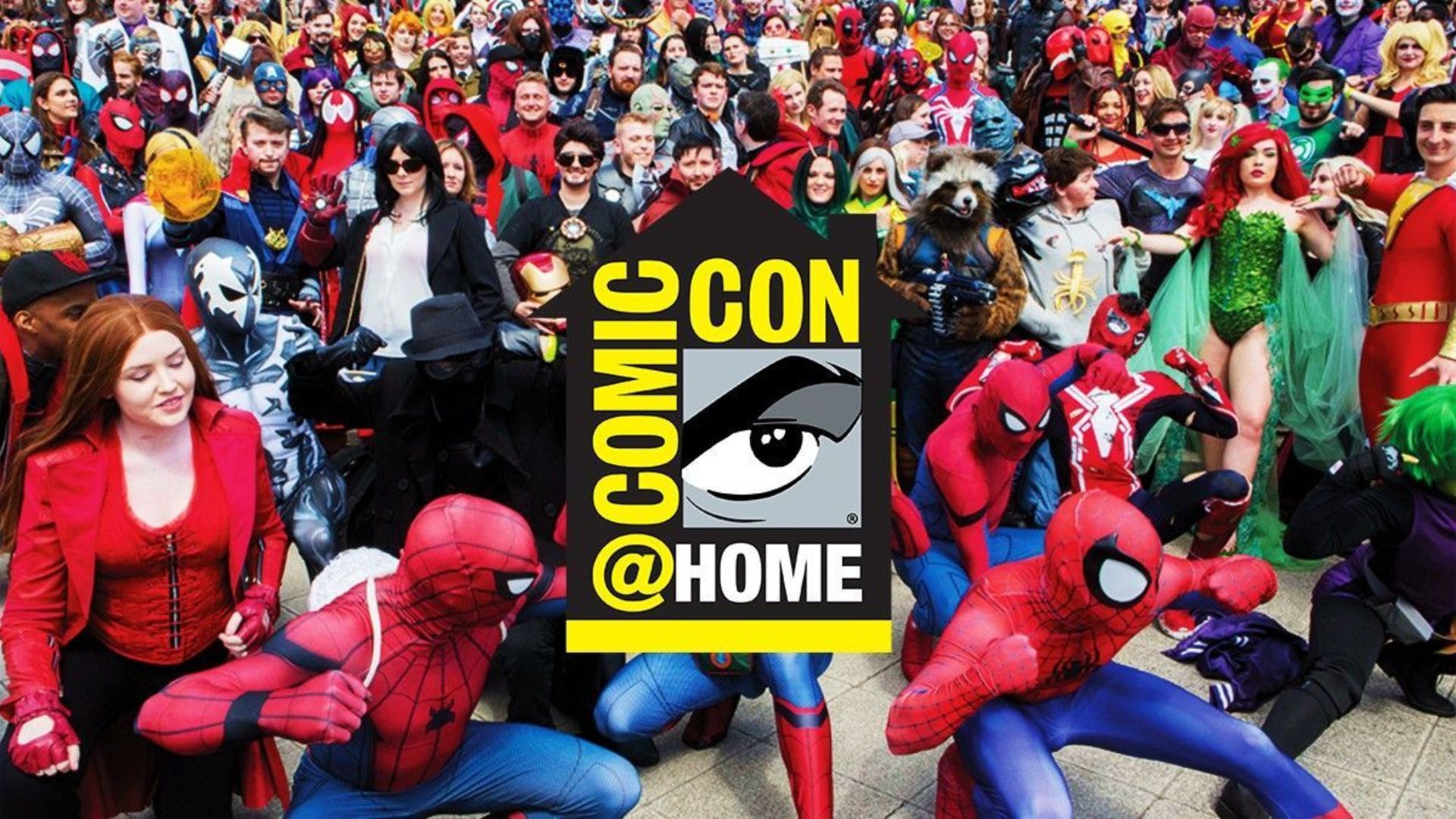Comic book covers are often the first point of interaction between the reader and the story within. They are a vital element of the comic book’s appeal and can have a profound impact on its commercial success. Behind the seemingly simple illustrations lies a combination of artistry, design principles, and marketing strategies. Let’s dive into the art behind comic book covers and explore how they are created and why they matter.

Visual Storytelling
The comic book cover is a miniature version of the larger narrative it represents. It must immediately communicate the essence of the story or its tone to potential readers. Unlike regular book covers, which rely heavily on typography and minimal imagery, comic book covers often feature dynamic, visually compelling art that captures the essence of action, emotion, or spectacle. A good comic cover has to:
- Set the tone: Whether it’s a lighthearted superhero adventure, a dark and brooding detective story, or a sci-fi thriller, the cover art gives readers a glimpse of what to expect.
- Introduce key characters: The protagonist or villain often takes center stage on a cover to ensure that the character is memorable and recognizable.
- Convey the conflict or theme: Covers often portray a climactic moment, a major conflict, or a dramatic pose to generate intrigue and excitement.
Iconography and Symbolism
Comic book covers tend to lean heavily on visual shorthand. Through years of history, certain symbols, colors, and poses have become iconic. For example:
- Superhero Poses: A superhero in flight or striking a powerful pose can signal to readers that this is an action-packed, larger-than-life story.
- Color Palette: Red might suggest urgency, danger, or passion, while blue might convey calmness or mystery. The use of colors is deliberate and carefully chosen to evoke specific emotional responses.
- Logos and Typography: The logo, such as the Superman “S” or Spider-Man’s distinctive font, can be as iconic as the art itself. Typography on comic book covers is often bold and exaggerated to stand out, reflecting the exaggerated nature of the stories inside.
These elements help create a visual shorthand that readers can immediately recognize, establishing a connection between the cover and the comic’s content.
The Importance of Composition
The arrangement of elements on a comic cover is crucial in guiding the viewer’s eye and creating a sense of movement. This includes:
- Focus and Framing: Artists often use framing techniques to highlight a key moment or character. Whether it’s a close-up of the hero’s face or an explosive battle scene, the framing can draw the viewer’s attention and suggest action.
- Foreground vs. Background: The foreground often features the central action or character, while the background can add atmosphere or hint at upcoming events. A strong balance between the two creates depth and intrigue.
- Use of Lines: Diagonal lines often convey motion, urgency, or conflict, while horizontal lines can evoke stability or calm. Artists may also use curves or swirls to create a sense of flow.
Collaboration and Workflow
Creating a comic book cover is typically a collaborative process that may involve several key figures:
- Penciler: The artist who draws the initial design, layout, and figures.
- Inker: The inker’s job is to add depth and contrast to the penciled art by going over it in ink, emphasizing shadows and details.
- Colorist: The colorist adds the final layer by adding color, which is key to setting the tone and mood of the cover. A colorist’s choices can dramatically change the feel of a cover.
- Letterer/Designer: The person responsible for the title text and any additional design elements (e.g., date or issue number).
Some covers might also involve a “variant cover”—a different design created to appeal to collectors or different market segments. These variants may use different artists, concepts, or styles that deviate from the main storyline art, providing variety and additional collectible value.
Conclusion
Comic book covers are much more than mere packaging for a product. They are an essential component of the comic book’s identity and often serve as visual gateways into fantastical worlds. The art behind a comic book cover combines creativity, marketing, and storytelling techniques to entice readers, reflect the tone of the story, and contribute to the lasting cultural impact of the comic itself.










